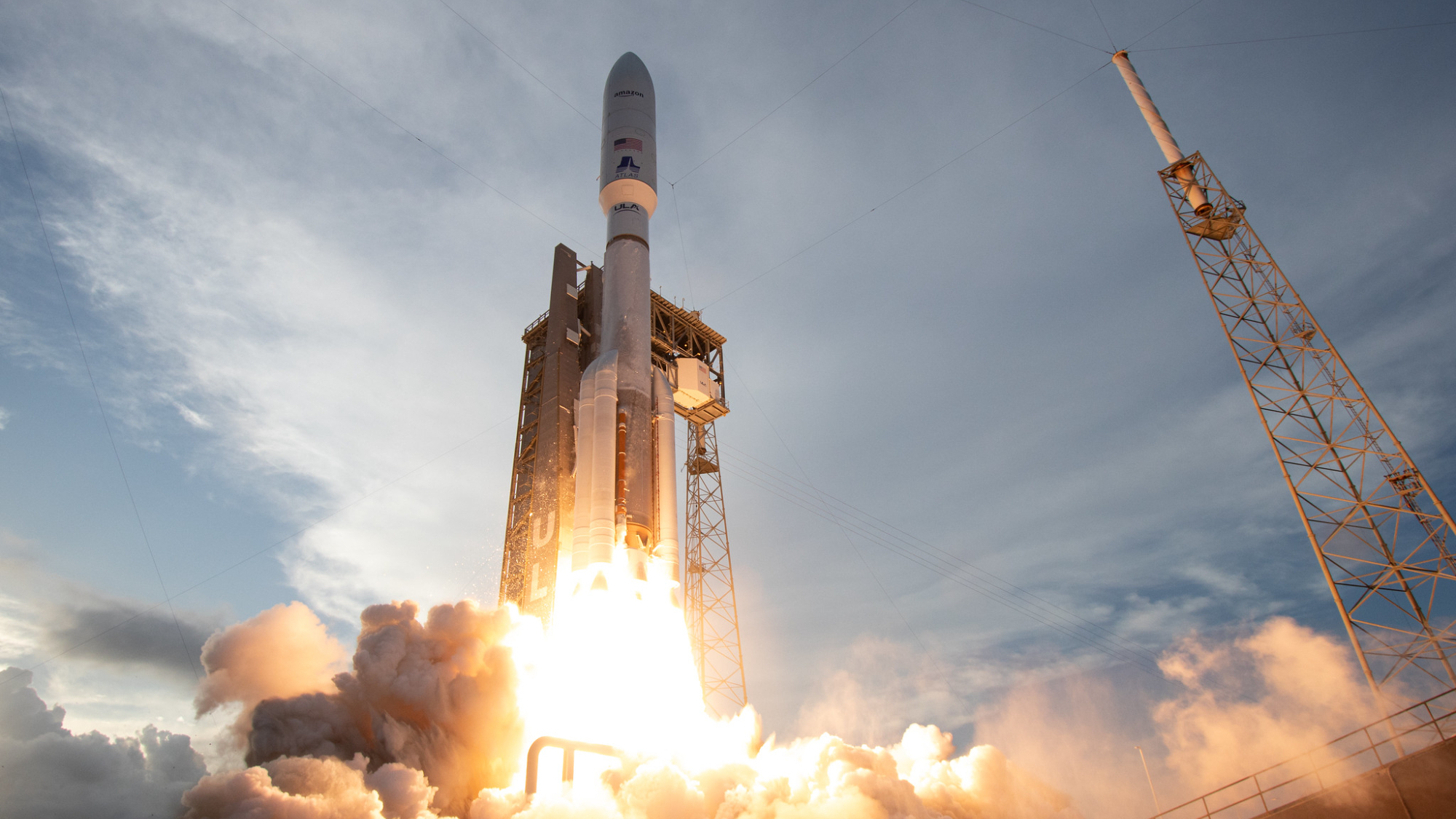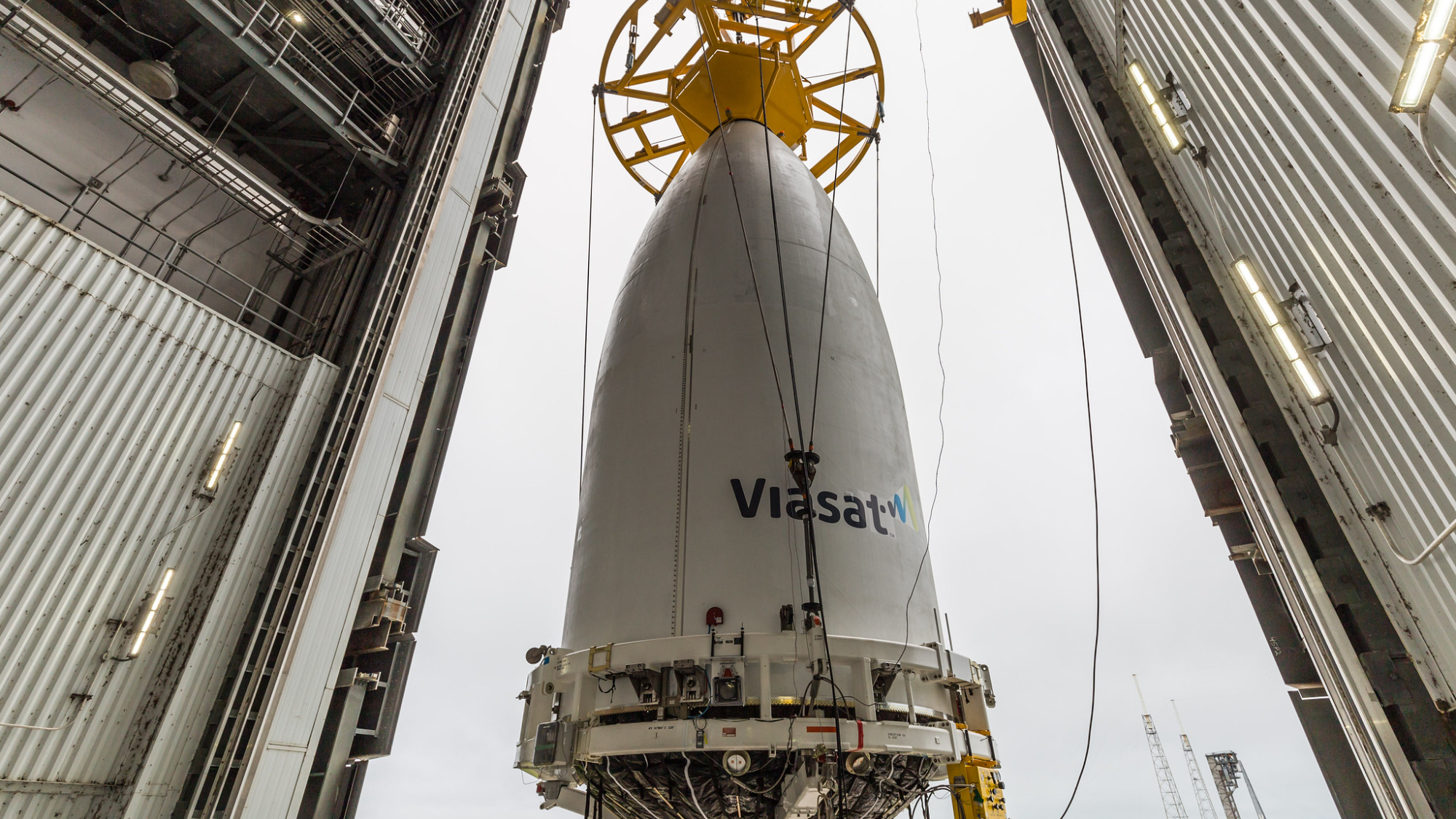Rocket Launch: Atlas ViaSat-3 Flight 2 - YouTube

A United Launch Alliance (ULA) Atlas V rocket will launch the big and powerful ViaSat-3 F2 satellite to orbit today (Nov. 5), and you can watch the action live.

If all goes according to plan today, the Atlas V will deploy ViaSat-3 F2 into geostationary transfer orbit about 3.5 hours after liftoff. The satellite will then spend several months making its way to geostationary orbit (GEO), a circular path that lies 22,236 miles (35,786 kilometers) above Earth.
At this altitude, orbital speed matches our planet's rotational speed. Satellites in GEO therefore "hover" over the same patch of Earth continuously, making it a popular destination for spy and communications craft.
ViaSat-3 F2 is expected to start beaming broadband service to customers in early 2026. As its name suggests, it will be the second ViaSat-3 satellite to do so, after ViaSat-3 F1, which launched atop a SpaceX Falcon Heavy rocket in April 2023. A third such craft is expected to launch next year, rounding out the ViaSat-3 constellation.
Each ViaSat-3 satellite is "designed to be capable of rapidly shifting capacity throughout its coverage area to deliver bandwidth where and when it’s needed most," Viasat, a California-based telecom company, wrote in a description of the mini constellation.
"This is important to meet the increasing demand of commercial, consumer and defense customers, where the location of high-demand hotspots can change over the course of the day," the company added.
According to that description, ViaSat-3 F1 provides connectivity primarily to airline passengers. ViaSat-3 F2 will "add more than 1 Tbps capacity to our network over the Americas," and ViaSat-3 F3 will do the same for the Asia-Pacific region.

The Atlas V has flown more than 100 missions since its 2002 debut, but its days are numbered.
ULA plans to retire the workhorse rocket in 2030 or thereabouts and has already fielded a replacement — the Vulcan Centaur, which has three launches under its belt to date.

.jpg) 2 hours ago
3
2 hours ago
3
 English (US)
English (US)